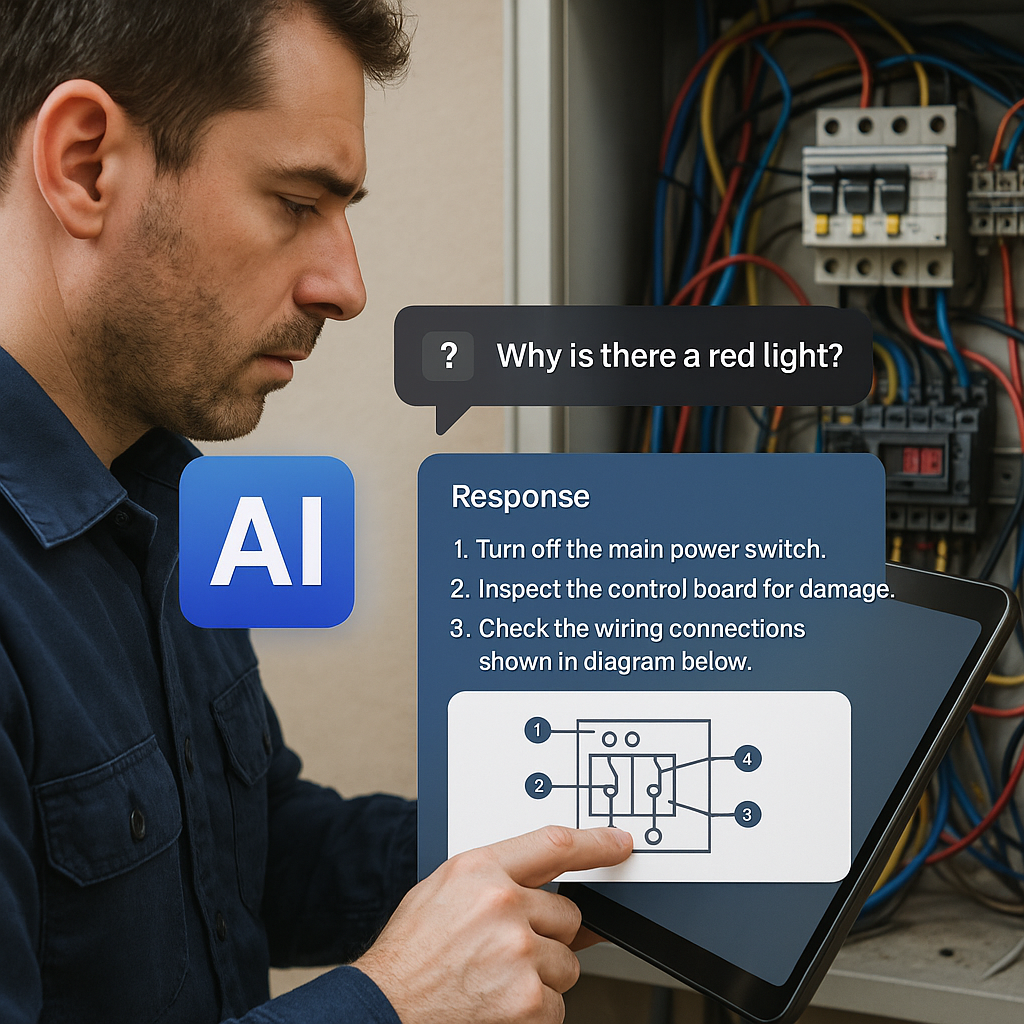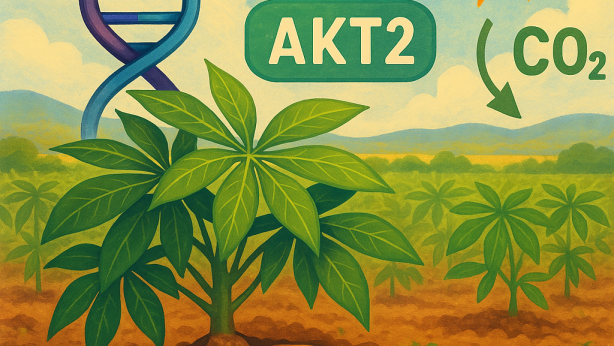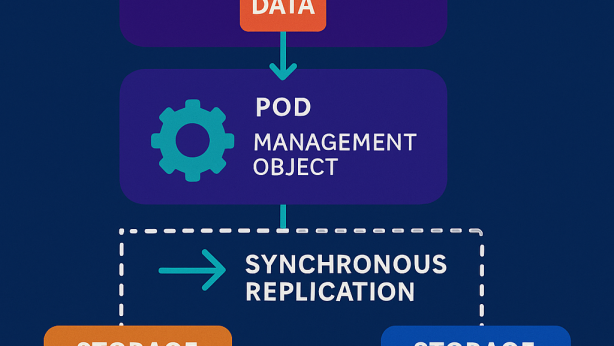LANGUAGE MODEL-ASSISTED SYSTEM INSTALLATION, DIAGNOSTICS, AND DEBUGGING

Invented by Sundaram; Sasikumar Neli, Ponnuvel; Gunaseelan, Siao; Chris

Welcome! Today, we’re going to explore a groundbreaking patent application that uses advanced language models to help users solve problems in complicated systems. Whether you’re a business owner, a technician, or just curious, this article will walk you through why this invention matters, what came before it, and what makes it special. Let’s get started.
Background and Market Context
Imagine you have a high-tech machine, like a robot or an advanced car dashboard, and suddenly it stops working. Most of us don’t have the deep technical knowledge needed to fix such things. Usually, you’d have to call an expert, wait for them to arrive, and possibly face long downtimes and high costs. This is a common problem in many fields, from manufacturing and healthcare to entertainment and smart homes.
Modern machines are a mix of hardware, software, and sometimes even firmware. Each piece can fail in its own way. When something goes wrong, a special tool might generate a cryptic error code. Decoding these errors is hard for anyone who isn’t an expert. Even routine maintenance can feel overwhelming if you don’t have the right background. The manuals are often long, full of technical words, and not easy to understand.
Because of this, businesses lose time and money. Machines sit unused, and people get frustrated. Sometimes small repair shops can’t help and have to send customers to more expensive service centers. All this adds up to extra costs and lost productivity.
Now, think about how quickly technology is advancing. Cars drive themselves, factories run on robots, and even home gadgets are getting smarter. The need for quick, easy-to-understand support is growing fast. People expect answers right away—on their phones, computers, or even by voice. But technical support hasn’t kept up. Most companies still rely on long manuals or waiting for human experts.

That’s where this invention comes in. The patent application describes a way to use language models—like the ones behind smart chatbots—to help anyone, even non-experts, troubleshoot and maintain complex systems. Think of it like having a patient, knowledgeable assistant always ready to walk you through the steps, in plain language.
This approach is especially useful in fields with high costs for downtime, such as manufacturing, healthcare, and transportation. It also helps people with less technical training do more on their own, making support more accessible and affordable. As machines keep getting smarter and more complicated, solutions like this will only become more important.
Scientific Rationale and Prior Art
To understand why this invention is such a big step, let’s talk about what came before it and how language models work.
First, language models are computer programs that can read, write, and understand human language. They learn from huge amounts of text and can answer questions, explain things, and even solve problems. The most advanced models, called large language models (LLMs), can have billions of “neurons” and are trained on books, websites, conversations, and more.
The idea of using computers to help with troubleshooting isn’t new. Many companies have digital manuals or databases. Some use simple chatbots to answer basic questions. There are also diagnostic tools that run tests and show error codes when something is wrong. But here’s the catch: older systems are usually rule-based. They follow strict scripts or decision trees. If your problem doesn’t fit the script, you’re out of luck. They can’t handle natural, open-ended questions, and they don’t explain solutions in simple ways.
A few years ago, some companies started using AI chatbots to answer customer questions. These bots could handle routine tasks, but they often struggled with complex, technical issues—especially when the solution required step-by-step thinking or understanding context. They also couldn’t read long manuals or connect information from different sources like hardware logs, error codes, and system designs.

Another problem is that most digital support tools are separate. The diagnostic tool might generate an error code, but you have to look it up in a manual or search online for what it means. Then, you have to figure out how to fix it. There’s no single place where you can ask, “My system says error 2576—what do I do?” and get a clear, personalized answer.
This patent changes that. The invention brings together language models, system documentation, diagnostic logs, and user queries into one smart system. The language model is trained not just on general language, but also on the specific manuals, error logs, and technical details of the system it’s supporting. That means it can answer questions in plain language, check logs, and give step-by-step guidance, all in one place.
It even goes further. The invention describes how to train the language model using real or simulated error logs, actual documentation, and sample questions. This way, the model learns not just what the problems are, but also how to guide someone through fixing them. It can handle text, voice, and even images as input, and can connect to third-party tools or databases to get more information when needed.
Compared to the old way—rule-based scripts, disconnected tools, and hard-to-read manuals—this is a massive leap forward. It’s like moving from a basic calculator to a smart tutor who knows your machine inside and out, can understand your questions, and can teach you how to solve the problem, all in your own words.
Invention Description and Key Innovations
Now let’s dive into what the patent actually covers and why it’s special.

At its core, the invention is a system and method for using a trained language model to help users install, troubleshoot, and maintain complex machines. Here’s how it works in simple terms:
When you have a problem with a machine, you interact with a user interface—this could be a screen, a voice assistant, or even an app on your phone. You describe your problem in your own words, like, “The camera isn’t working” or “I see error code 8250.” The system takes your question and, if needed, also gathers information from diagnostic tools—like test logs or error codes.
This information is then turned into a “prompt,” which is sent to a language model. This model isn’t just any chatbot—it’s been trained using the actual manuals, architecture diagrams, and error logs from the machine you’re working with. That means it understands the details of your exact system.
The language model processes your question, looks at the diagnostic information, and generates a response. But instead of giving you a technical answer, it explains the problem and tells you what to do next, step by step, using simple language. If you follow the instructions and the problem isn’t fixed, you can repeat the process: the tool can help you try new solutions until the issue is resolved.
What’s really unique is how the system learns. The patent describes a way to train the language model using actual questions users might ask, the related error logs, and expert-written answers. Sometimes, the model’s answers are checked against sample solutions or scored by experts to make sure they’re helpful. The model can be retrained whenever new features or updates are added to the machine, so it always stays current.
The invention also supports a wide range of input types. You can type your question, speak it, or even send an image of the error message. The model can interact with other tools or databases to get extra information if needed, making its answers even more accurate and useful.
The patent covers both the method (how the process works) and the system (the actual hardware and software setup). It can be used in many different settings: car entertainment systems, robotics, manufacturing equipment, edge devices, cloud-based systems, and more. The flexibility means it can help with everything from self-driving cars to smart appliances and advanced medical devices.
Here’s what sets this invention apart from everything before it:
First, it combines all the pieces—user questions, diagnostic logs, manuals, language models—into one seamless process. You don’t have to jump between different tools or guess what to do next. Second, it’s trained on real-world data and can be updated as systems evolve, so it doesn’t get outdated. Third, it’s designed for non-experts, so anyone can get help, not just engineers or technicians.
The system also makes it easy for businesses to offer better support with fewer resources. Smaller repair shops can handle more complex issues without always needing to call in specialists. Companies can reduce downtime, save money, and make their products easier to maintain.
Finally, the invention is designed to be secure and scalable. The language model can run locally, in the cloud, or in a hybrid setup. It can connect to secure databases, use APIs, and support different hardware setups, from tiny edge devices to powerful servers.
Conclusion
This patent application marks a major shift in how we approach technical support for complex systems. Instead of relying on dense manuals, disconnected tools, or waiting for experts, users can get instant, friendly, and practical help using language models trained for their specific machines. The invention brings together the best of AI, diagnostics, and user-centered design to solve real problems in a way that’s simple and actionable.
As technology keeps moving forward, solutions like this will become the new standard. They promise to make machines easier to use, reduce downtime, and empower people to solve problems on their own. Whether you’re a business owner, a repair technician, or just someone who wants their gadgets to work, this is an exciting glimpse into the future of support.
Click here https://ppubs.uspto.gov/pubwebapp/ and search 20250217224.


